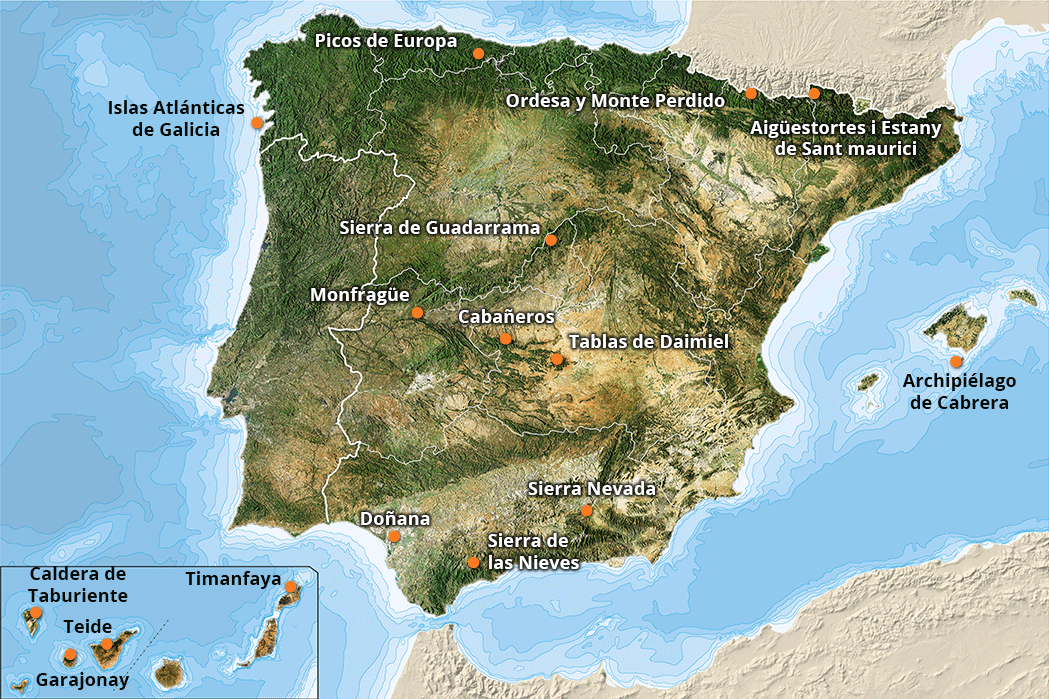
Spanish geography is marked by a large number of green spaces where we can discover rich and wide biodiversity. Places where we can escape to breathe clean air, do all kinds of activities or simply admire the landscape. With this in mind, I am going to briefly review the best national, natural and regional parks in the country following the recommendations of Antonio Puente in his book 'Spain Inédita: 100 fascinating places you should know' (GeoPlaneta).
Galicia
Cies Island.
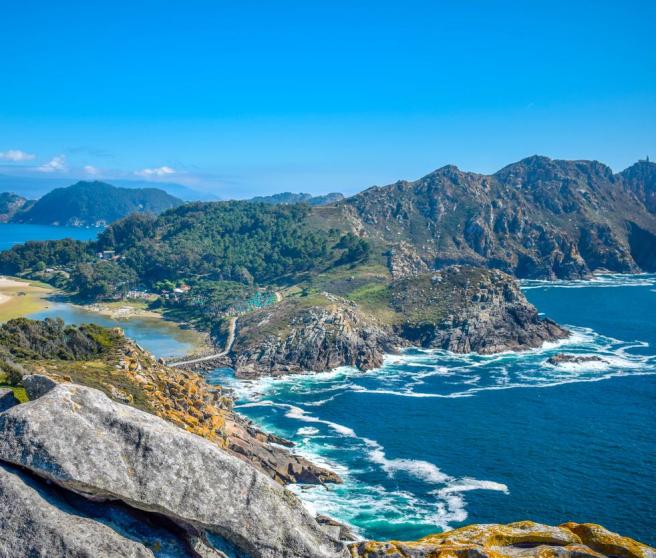
In Galician lands, we find the National Maritime-Terrestrial Park of the Atlantic Islands, which extends from the Arousa estuary to the Vigo estuary. It is in its rich seabed where its most precious jewels are found: wide biodiversity guarded by ancient sunken ships. On the other hand, the Fragas do Eume Natural Park is one of the best preserved Atlantic riparian forests in all of Europe.
Asturias
Peaks of Europe.
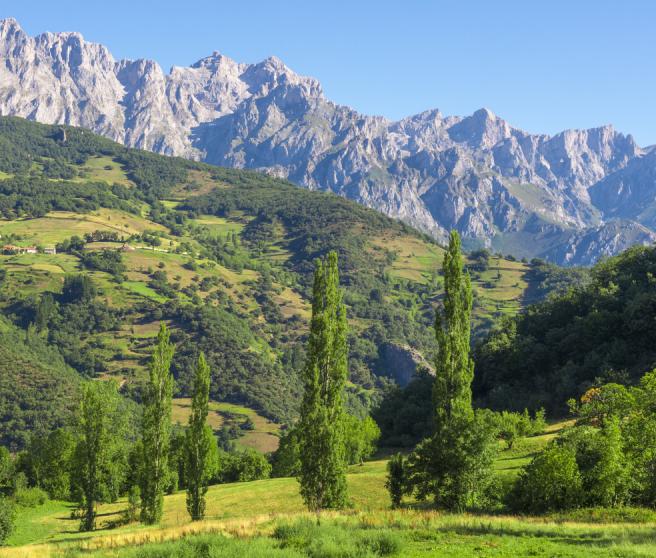
The Picos de Europa National Park extends into the Communities of Cantabria, Castilla y León and Asturias, although it is in the latter where it occupies the most space. It stands out for its high peaks, its beautiful lakes and a landscape marked by glacial erosion.
Basque Country
Aizkorri-Aratz Natural Park.

Located between the provinces of Álava and Gipuzkoa, the Aizkorri-Aratz Natural Park stands out for its limestone mountains and extensive beech forests. In addition, here is the highest peak in the Basque Country, Aitxuri, 1,551 meters in height, and the largest colony of griffon vultures in Gipuzkoa.
Navarre
Bardenas Reales Natural Park.
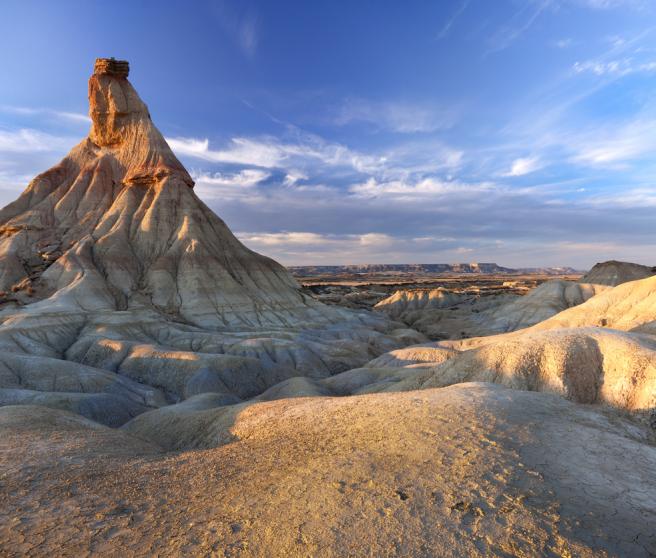
The Bardenas Reales Natural Park forms a harsh desert landscape of over 42,500 hectares. Its relief is spectacular and its fauna and flora are more typical of the African continent. It is an ideal place to explore on foot or by bicycle through its three paths.
Aragon
Ordesa and Monte Perdido National Park.
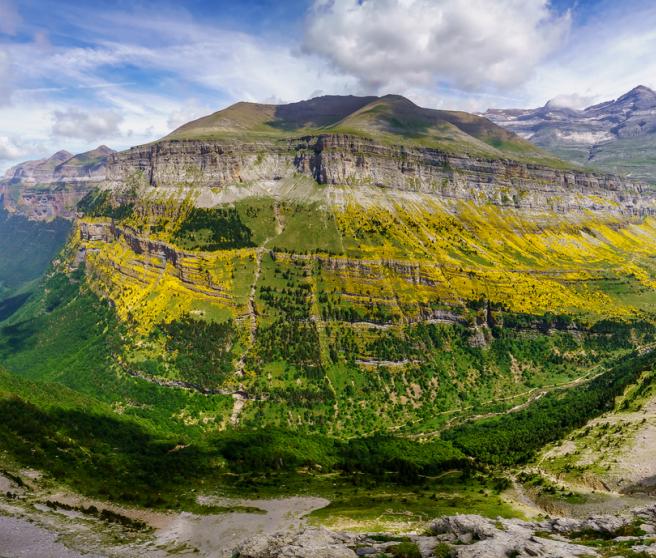
The Ordesa y Monte Perdido National Park is dominated by a huge 3,355-meter massif, to which are added forests, meadows, caves, canyons and waterfalls. For its part, the Posets-Maladeta Natural Park contains the highest peaks in the entire Spanish Pyrenees.
Catalonia
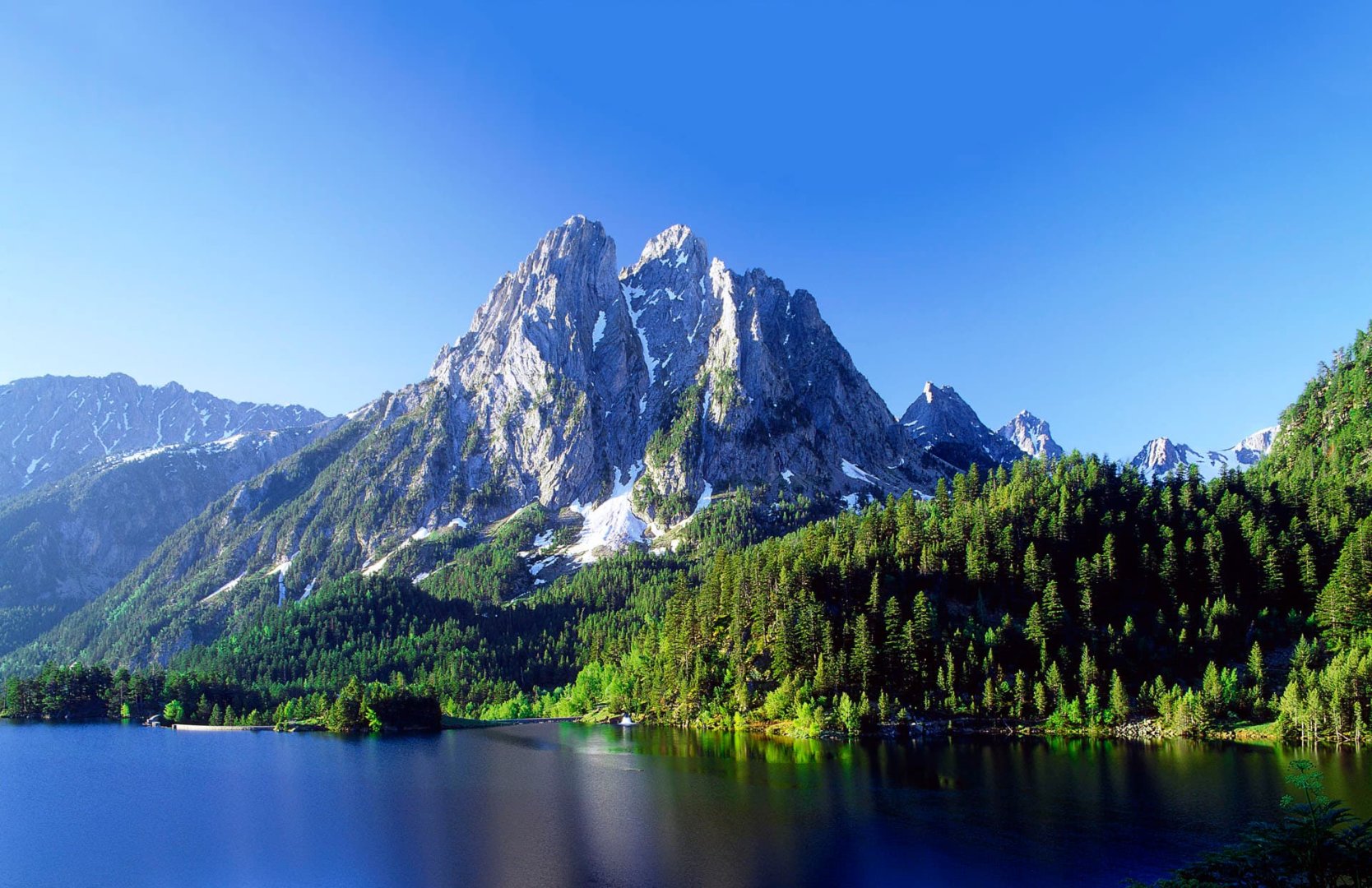
More than 200 lakes form the landscape of the Aigüestortes i Estany de Sant Maurici National Park, as well as its cliffs known as Els Encantats and its beautiful high mountain meanders. Likewise, in Catalonia, we also find the Ebro Delta Natural Park, one of the most important aquatic habitats in the western Mediterranean.
Castile and Leon
Laguna de Peñalara in the Sierra de Guadarrama.
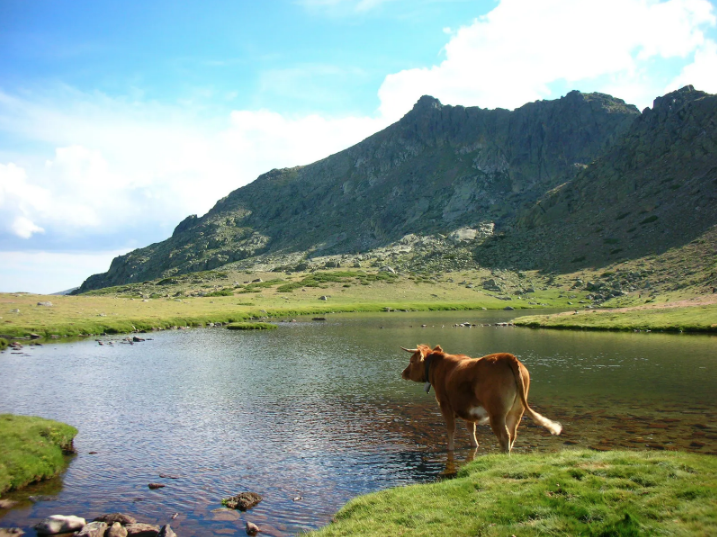
In the south of Castilla y León, the Sierra de Gredos Regional Park extends, the highest in the interior of Spain. Here we find lagoons, cliffs and gorges marked by glaciations. On the other hand, shared with the Community of Madrid, the Sierra de Guadarrama National Park crosses the centre of the Iberian Peninsula from east to west, leaving behind rich biodiversity.
Extremadura
Monfrague Natural Park.
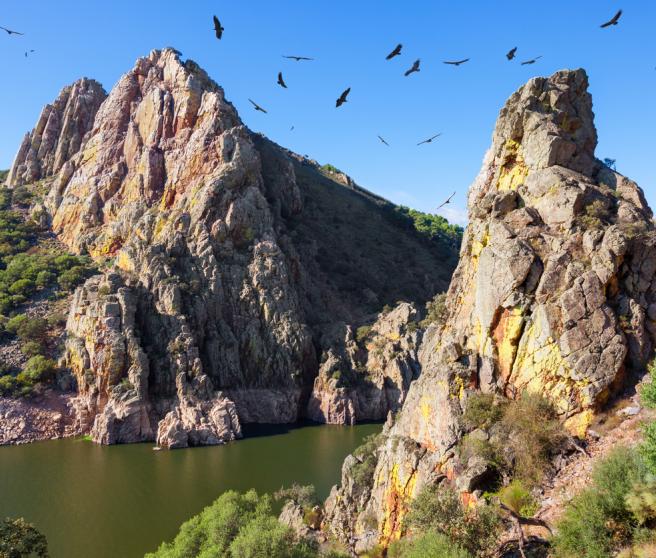
The Monfragüe National Park has the Tagus River as its backbone, which crosses gentle mountains and extensive meadows. In this place, we can enjoy bird watching, and even contemplate fauna in danger of extinction.
Castilla la Mancha
Tablas de Daimiel
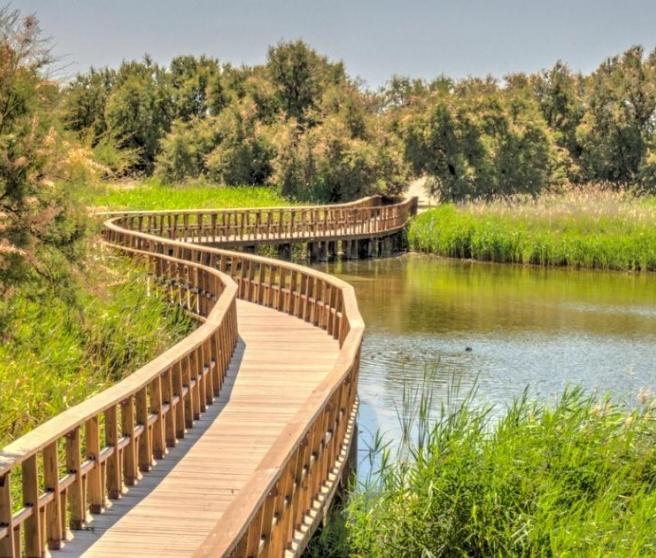
One of the most valuable spaces in the Montes de Toledo is the Cabañeros National Park, home to large birds of prey or black storks. All this is dominated by extensive valleys and high peaks. The Tablas de Daimiel National Park is a unique wetland in Europe since it is the last representative of the ecosystem known as fluvial tables.
Valencia
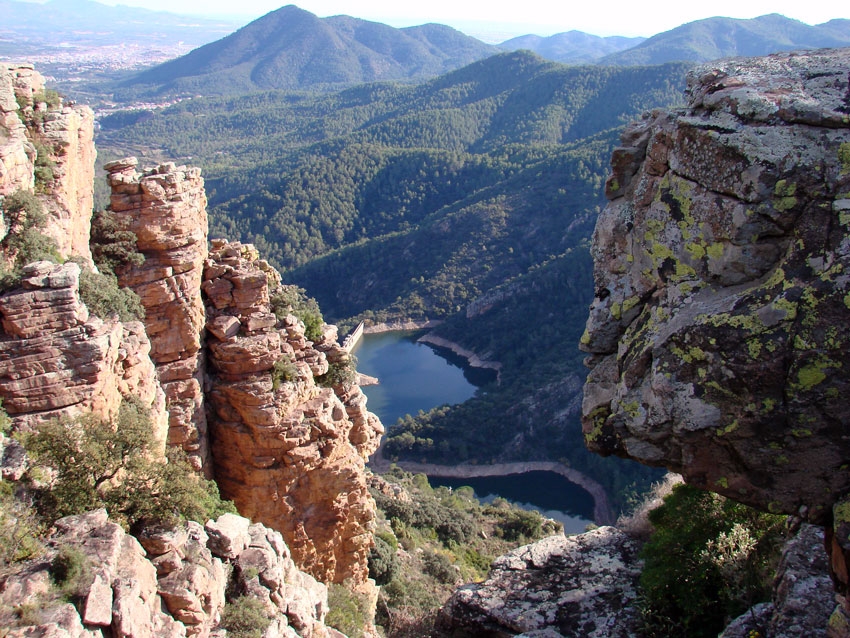
The Sierra de Espadán Natural Park is marked by a mountainous massif full of springs, leafy ravines and forests. Added to this is a landscape that combines a rugged relief with a humid climate.
Balearic Islands
Cabrera Bay.
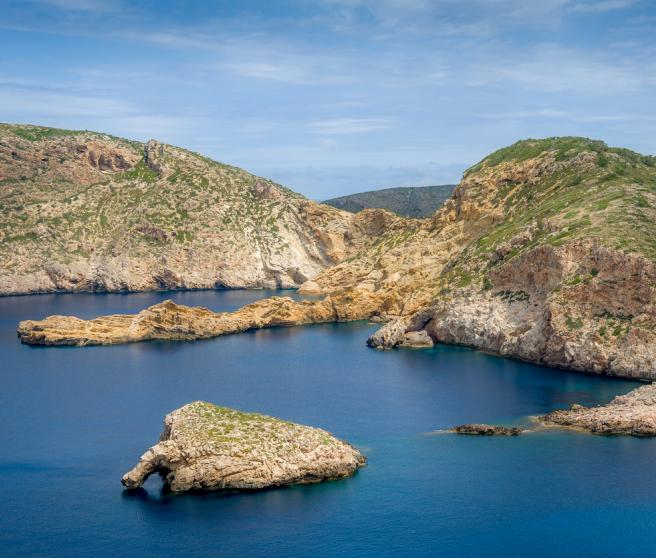
To the south of the island of Mallorca, we find the Cabrera Archipelago National Maritime-Terrestrial Park, a practically virgin ecosystem that is home to large colonies of seabirds, an incredibly well-preserved seabed and even some endemic species.
Murcia
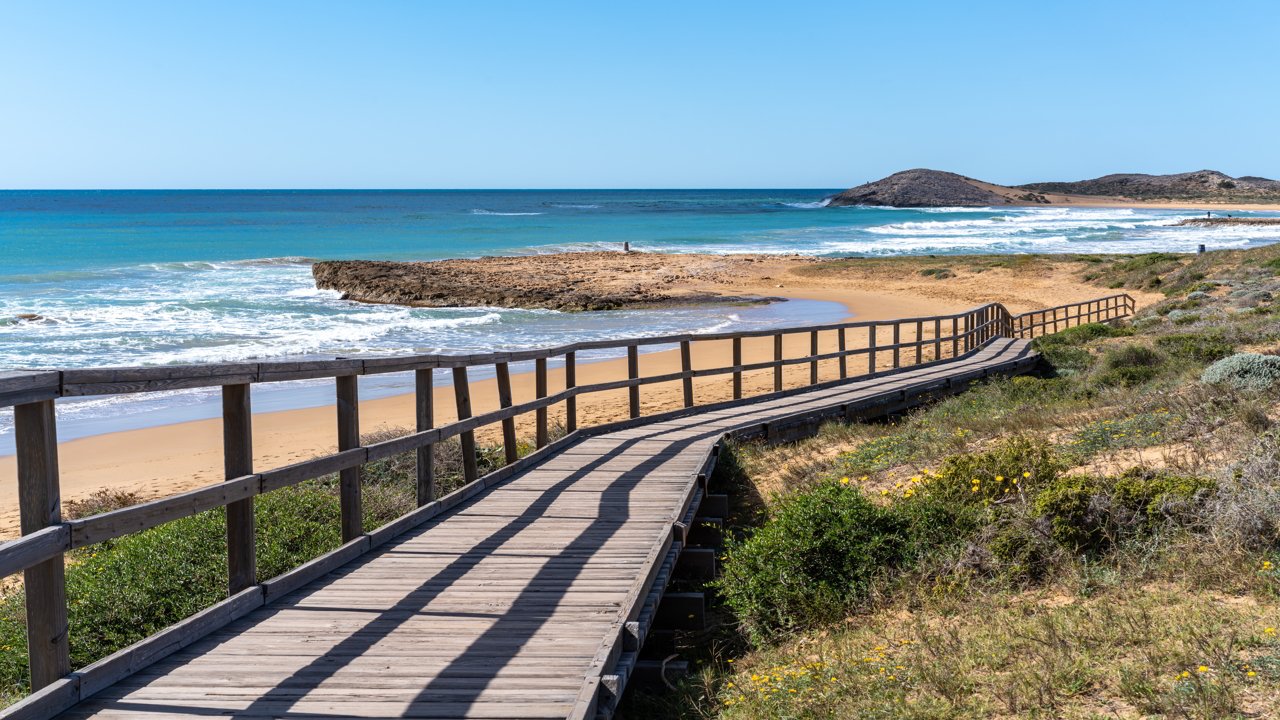
The Calblanque, Monte de las Cenizas and Peña del Águila Regional Park is located at the eastern end of the Murcian coast, specifically between Cabo de Palos and Portmán. Its landscapes are very varied, being able to find everything from pine forests to sandbanks, passing through salt flats.
Andalusia
Sierra Nevada.
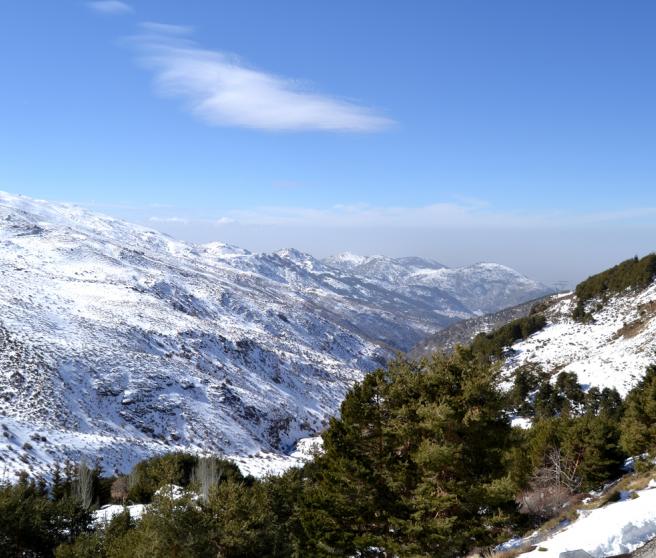
The latest addition to the national parks is Sierra de las Nieves, due to its great botanical interest, mainly for its Spanish firs. Likewise, the Sierra Nevada National Park stands out for its high snow-capped peaks most of the year. While the Doñana National Park is made up of an immense wetland where ecosystems as varied as beaches, dunes or marshes come together.
Canary Islands
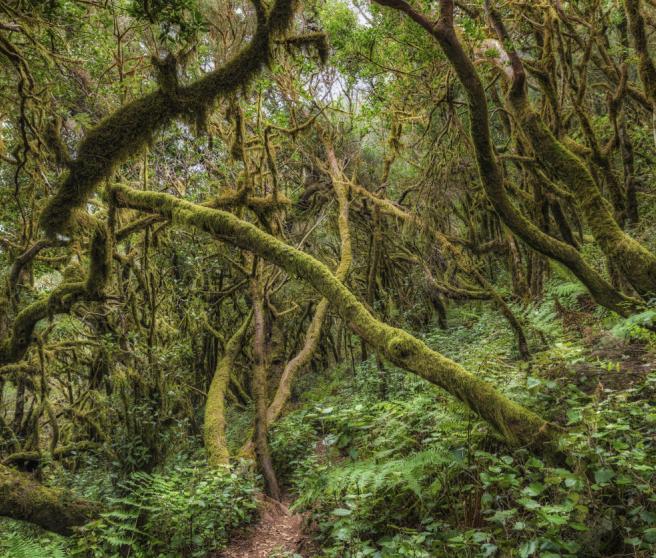
The Canary Islands are home to four national parks. On the island of La Palma is the Caldera de Taburiente, a huge circus 8 kilometres in diameter. For its part, the Garajonay National Park, in La Gomera, is characterized by its large extensions of laurel forest.
In Tenerife, the Teide National Park is home to the highest peak in all of Spain, as well as its unique nature. And finally, the Timanfaya National Park, in Lanzarote, is home to a large number of endemic animals and plants.